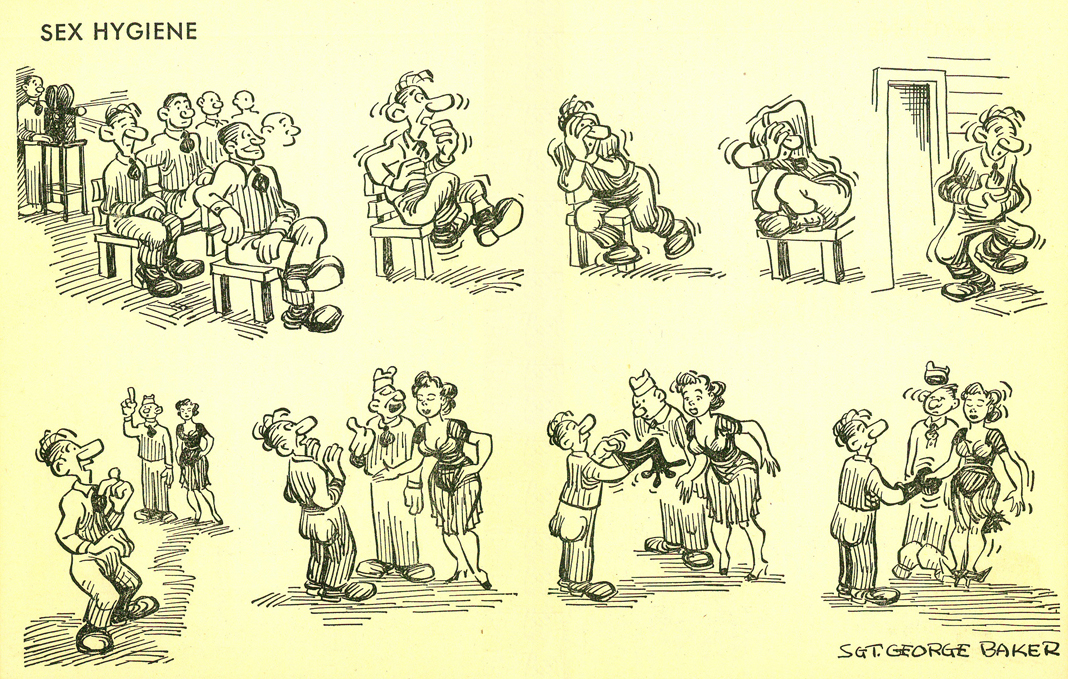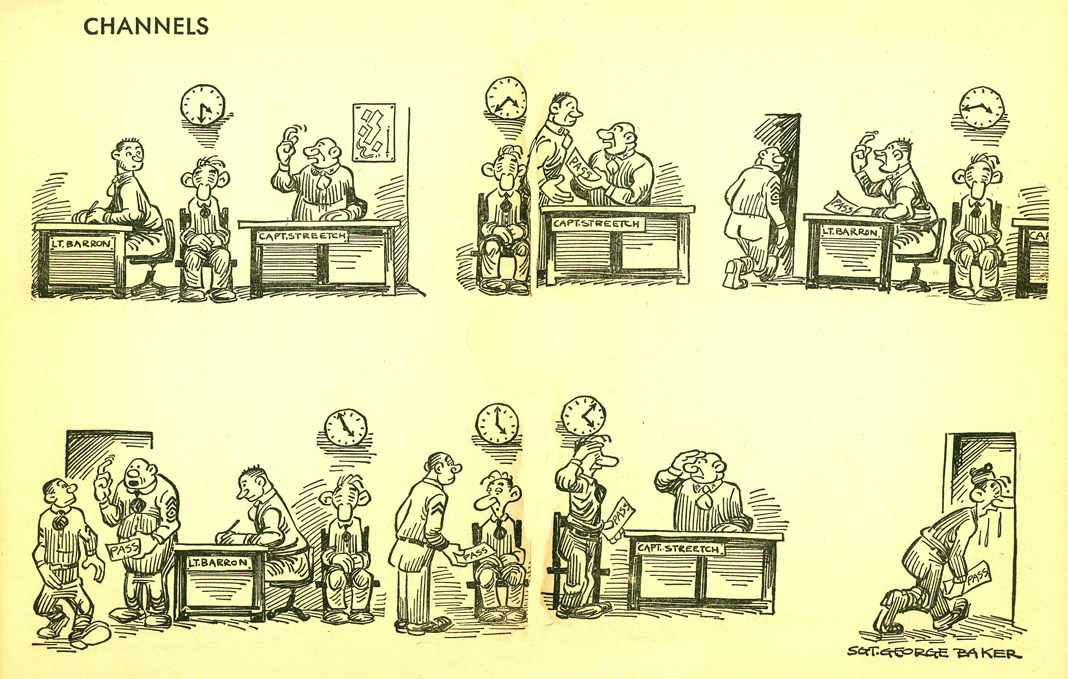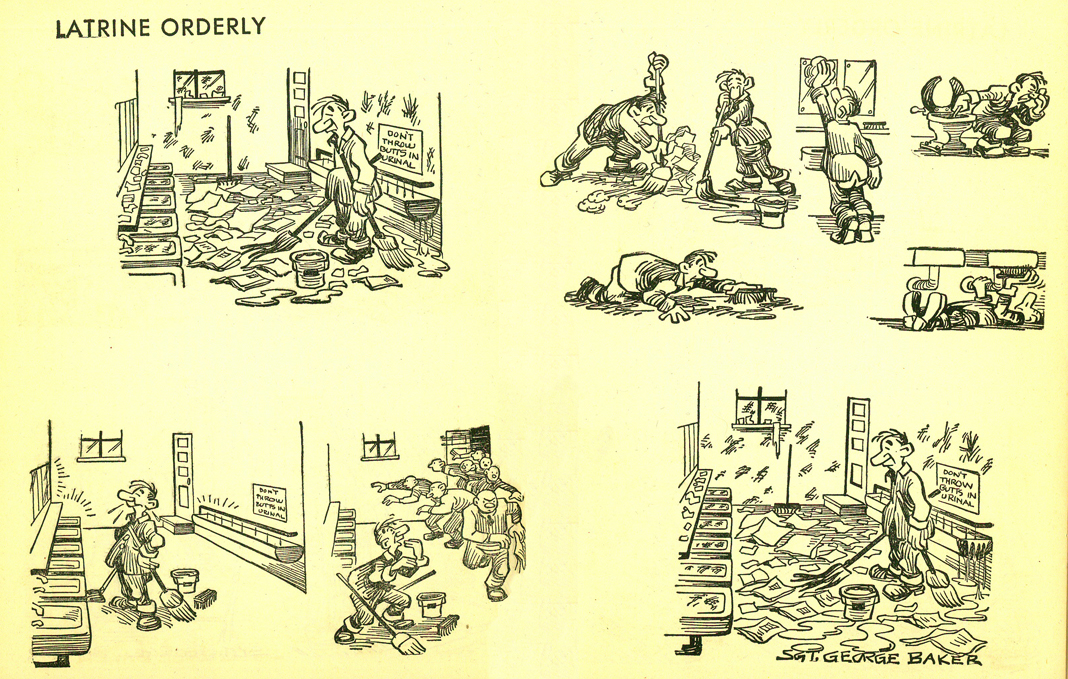Here's a brief but representative example.
I’m far from convinced by everything that gets done today in the name of education reform. But [Michelle] Rhee’s and [Campbell] Brown’s examples are indicative of a troubling pattern for reform opponents: anti-reformers are prone to shooting any reform messenger. Anti-reform has an ad hominem problem. In part this is because the anti-reform crowd is obsessed with who has standing to participate in education debates. Non-teachers don't count (unless they're Diane Ravitch). Parents’ voices are only permitted so long as they avoid direct challenges to failing schools.Williams doesn't address the exceptions to those awfully sweeping statements. Instead he follows with this:
I write about American education for a living, so I get a front row seat on this. Sometimes I write things like “Some charter schools, under some circumstances, are performing especially well.” When I write these sorts of things, my inbox, my Twitter mentions, and (occasionally) my phone spontaneously, simultaneously ignite. I get accused of hating teachers, teachers unions, and (a few times) white people. I get told that I’m a secret agent for Pearson, Bill Gates, the United Nations, and sometimes even the Muslim Brotherhood (really. No—REALLY). This isn’t occasional. It happens every time I write anything vaguely favorable about reform efforts, even when it’s mixed with criticism.Just to sum things up, Williams complains that critics of the reform movement have "an ad hominem problem." He then goes on to describe their criticisms in terms of racism, paranoia and religious bigotry.
Further comment would be superfluous.







